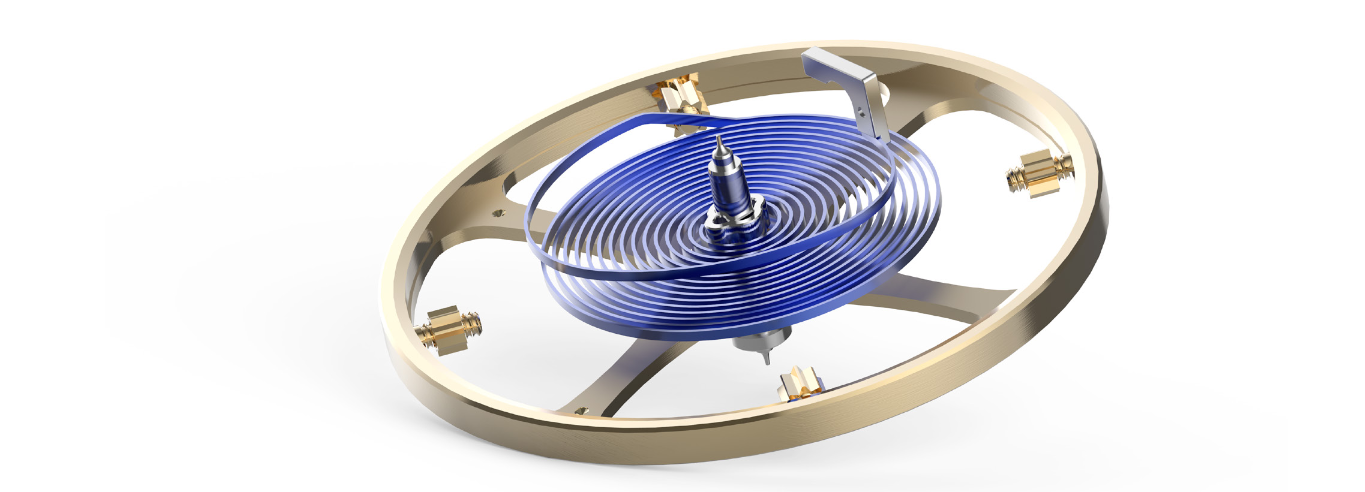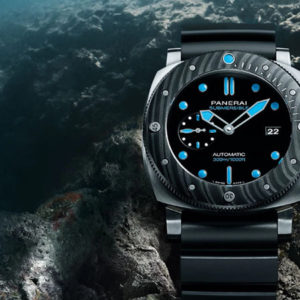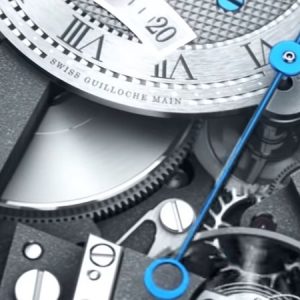Back in the mid-18th century, the first lever escapement was invented by an English horologist named Thomas Mudge at his workshop in Fleet Street. Over the next century, another improvement comes from several Swiss manufactures of this mechanical wonder. 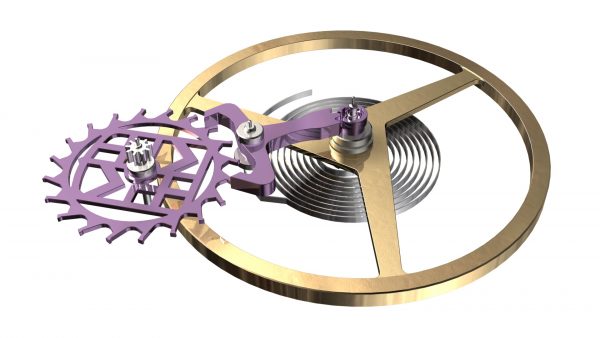
This version, known as Swiss lever escapement in the 19th century is the one that is used to this day by the majority of mechanical watches. But what is escapement and how does it work?
All watches have an escapement, without exception. It is a mechanical device that acts like a traffic controller on a watch machine. It is the center of transmission between the watch’s energy source and its other components. Without escapement, a watch cannot tick.
Read: Tourbillon Watch Recommendations for You
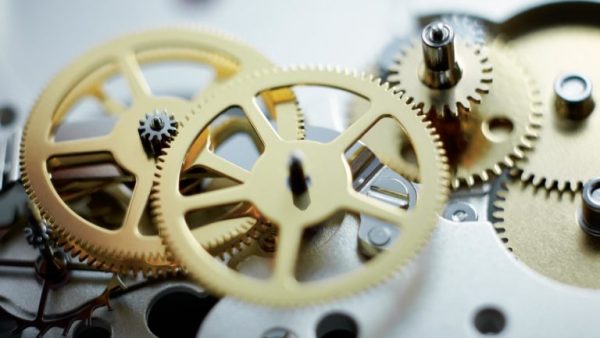
The watch’s resources come from the mainspring. The power from the mainspring is transmitted through a set of wheels to a regulating component called the balance. Between the balance and the wheel (also known as the gear train), there is an important part of a watch called the escapement.
Without it, the force from the gear train will be released uncontrollably. If that happens, the wheels will rotate without stopping, then the mainspring will rotate at high speed. The escapement helps control it, and this is the reason why the seconds, minutes, and hours are ticking at the correct speed.
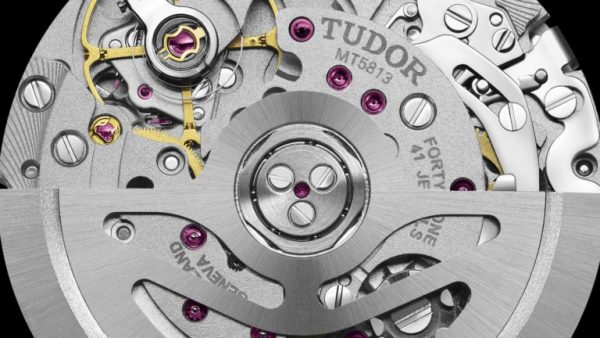
The escapement consists of an escape wheel and a lever (or palette fork). The escape wheel takes the full power of the watch’s energy source through the mainspring and distributes it throughout the watch.
The escape wheel does this by pushing its gears against the levers, which move in a locking and unlocking motion to release energy gradually. This is what gives the watch its distinctive tick-tock sound. So apart from controlling the energy output of the watch movement, the escapement is also the source of the distinctive sound of your watch.
